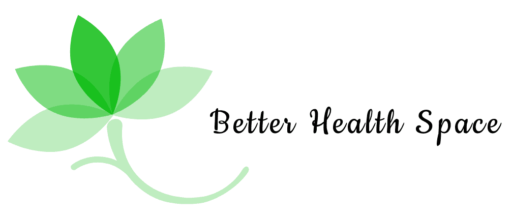Learn how yoga can help reduce stress and anxiety with four simple poses that promote inner calm and clear thinking, helping you find peace.
Life often presents challenges, such as tight deadlines and personal problems, which can cause stress and emotional distress. During these difficult times, finding a peaceful mental space is important for our well-being. Yoga can provide this peace by creating a calm atmosphere through mindful movements and focused breathing. How yoga can help reduce stress and anxiety, along with four key poses to support us on this healing path.
Benefits of yoga for the mind and body?
Yoga is a practice based on mindfulness. Each pose helps you focus on the present moment and release worries and anxieties. This can create a calming effect as you connect with your breath and body. With every stretch and deeper breath, you feel more relaxed, which helps clear your mind. “Moving intentionally helps create balance between your body and mind”, Yoga and spiritual leader Himalayan Siddhaa Akshar tells Health Shots. This practice can relieve stress and anxiety that disrupt daily life. By incorporating specific yoga poses, or asanas, into your routine, you can enhance your mental health and improve your physical well-being.
-
Balasana (child’s pose)
Why it works: Balasana, also known as Child’s Pose, is one of the most soothing yoga postures, providing an immediate sense of calm. This pose helps to rest the nervous system and offers a refuge from the chaos around us.
Benefits of balasana:
- Nervous system relaxation: The gentle forward fold allows the spine and shoulders to relax, relieving tension.
- Healthy breathing: Encourages deep, restorative breaths that can improve your respiratory health.
- Sense of security: The position, which resembles a fetal curl, provides comfort and balance, making it easier to release stress and anxiety.
How to practice:
- Kneel on your yoga mat, touch your big toes together, and sit back on your heels.
- Bend forward, resting your forehead on the mat, and stretch your arms out in front or let them relax by your sides.
- Focus on breathing deeply, feeling your back rise and fall with each inhalation and exhalation.
2. Viparita karani (legs-up-the-wall pose)
Why it works: Viparita Karani is a restorative inversion pose that promotes blood circulation and encourages a sense of inner calm, making it perfect for use after a long, stressful day.
Benefits of Viparita Karani:
- Enhances blood flow: Elevating the legs improves circulation and reduces fatigue.
- Calms the mind: The pose helps reduce stress levels and calm the nervous system, making it especially beneficial after stressful activities.
- Restoration: Helps restore balance in the body and promotes relaxation.

How to practice:
- Sit next to a wall and gently lie on your back, swinging your legs up against the wall.
- Keep your arms relaxed by your sides, with your palms facing upward.
- Stay in this pose for 5-10 minutes while focusing on your breath, allowing stress to melt away.
3. Adho mukha svanasana (downward-facing dog)
Why it works: This foundational pose invokes a sense of power and tranquillity. As the body forms an inverted “V,” blood flow to the brain enhances concentration and clarity.
Benefits of adho mukha svanasana:
- Focus and refreshment: This pose rejuvenates the mind by sending fresh blood to the brain, promoting mental clarity and concentration.
- Stretches the body: It opens up the shoulders, hamstrings, and calves, releasing localised tension.
- Stress relief: The inversion combined with deep breathing enhances relaxation.
How to practice:
- Begin in a tabletop position, with your hands beneath your shoulders and your knees under your hips.
- Tuck your toes and lift your hips up and back, straightening your legs and arms to form an upside-down “V.”
- Relax your head between your arms and focus on deep, steady breaths.
4. Setu bandhasana (bridge pose)
Why it works: Setu Bandhasana invites calming energy into the body while releasing physical tension, especially in the shoulders and neck.
Benefits of setu bandhasana:
- Opens the chest: Enhances lung capacity and invites relaxing energy, helping to combat anxiety.
- Releases tension: Addresses tightness in commonly affected areas, such as the back and shoulders, due to stress.
- Emotional stability: Cultivates emotional strength, allowing individuals to tackle challenges with a clearer mind.
How to practice:
- Lie on your back with your knees bent and feet flat on the mat, hip-width apart.
- Pressing through your feet, lift your hips towards the ceiling while keeping your shoulders relaxed.
- Hold the pose for 30 seconds to a minute while focusing on your breath.
How do you breathe deeply to stay calm?
Asanas are important in yoga, but breathwork enhances their benefits. Poses like Sukhasana (Easy Pose) and Padmasana (Lotus Pose) help you relax by focusing on your breath. While practising these poses, focus on taking deep breaths. Take slow, deep breaths to release tension. Imagine your breath as a gentle wave that washes away negativity and brings you calmness.








